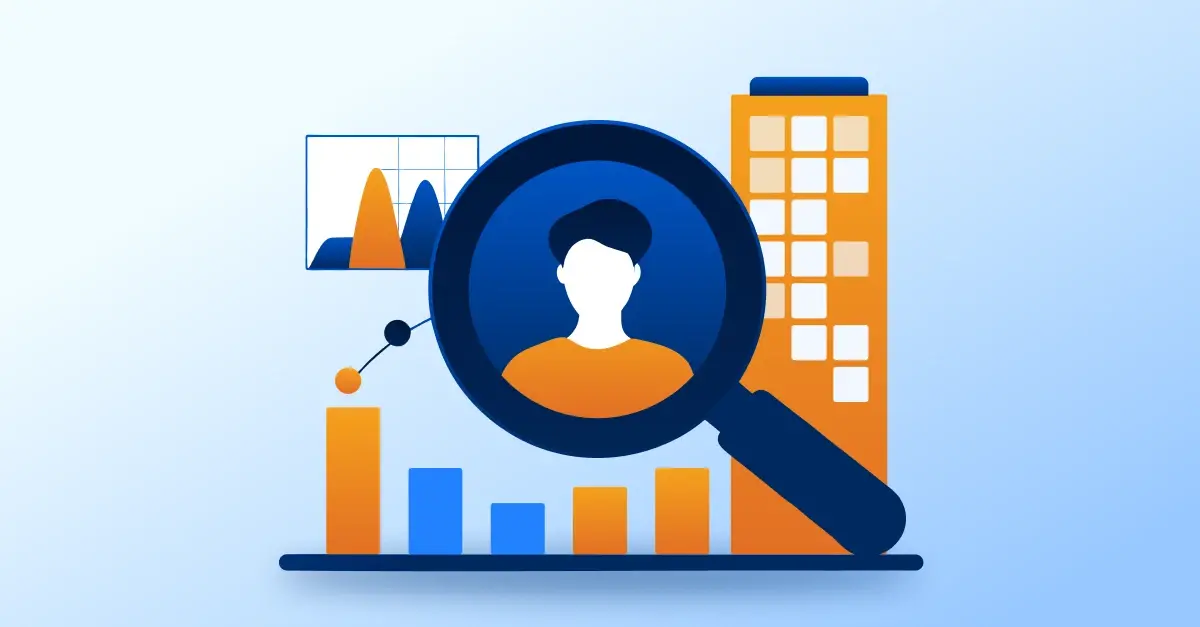1) Optimizing Retail Store Locations
A global fashion retailer leverages places data to evaluate potential store locations. By analyzing competitor density, local customer demographics, and foot traffic trends, they pinpoint high-demand areas with strong revenue potential.
2) Strategic Placement for Quick Service Restaurants
A QSR chain uses places data to identify franchise locations near busy hubs like shopping centers, schools, and major roads. Insights into competitor proximity and neighborhood profiles help ensure maximum profitability and customer reach.
3) Efficient Warehouse Placement for E-Commerce
An e-commerce company utilizes places data to position warehouses close to transportation networks, population clusters, and distribution hubs. Factoring in building footprints and geolocation details, they reduce shipping costs and improve delivery speed.
Global Reach: Access over 164M+ places across 220 countries, offering unparalleled coverage for diverse business applications.
Decades of Expertise: Over 30 years of experience in delivering premium, reliable, and well-curated datasets.
Trusted Reliability: Continuously validated data from authoritative sources to ensure data accuracy and relevance.
In-Depth Details: The cleanest places dataset, complete with actionable attributes like location, category, operational details and more.
AI-Enhanced Precision: Cutting-edge AI refines place data, ensuring accuracy through deduplication and advanced attribute enrichment.
Seamless Standardization: Organized using globally recognized classifications for easy integration and consistency in operations.








